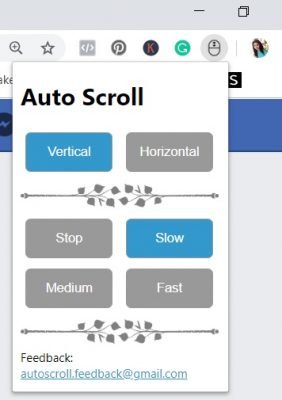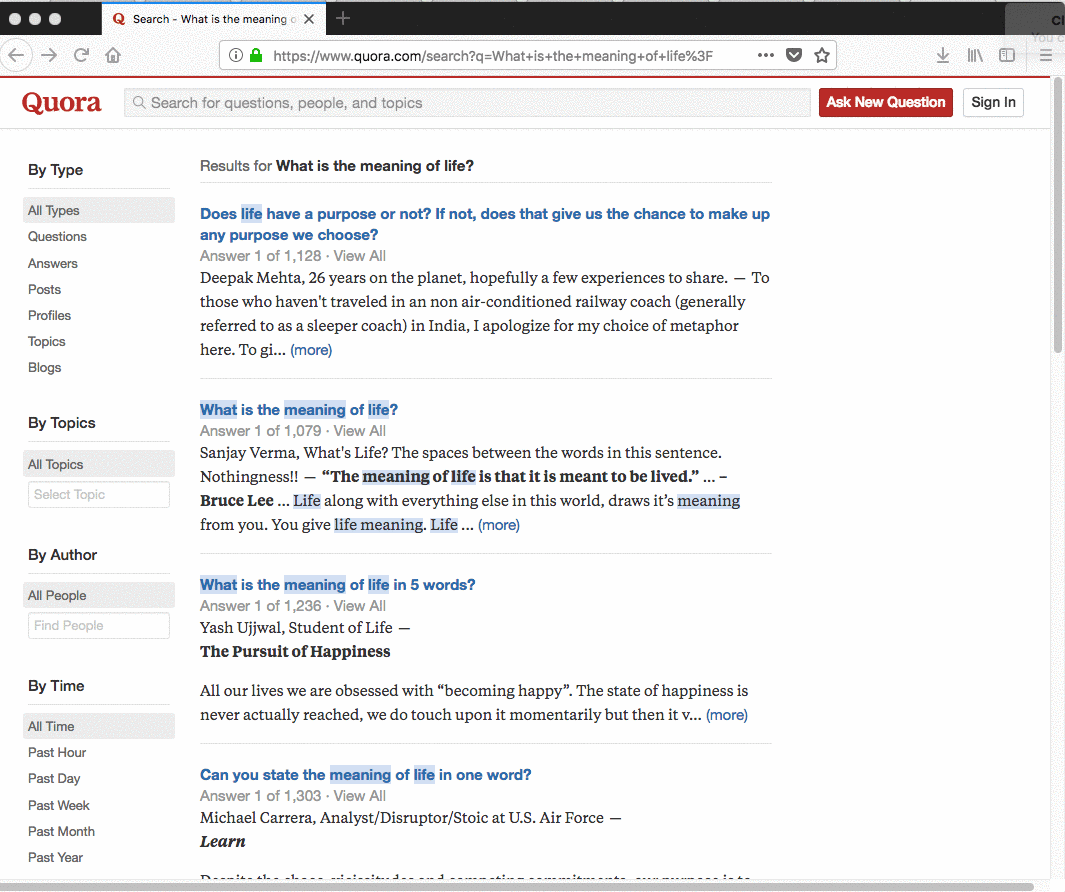


For this reason, some people still like to break up website content on separate screens or pages to minimise the practice. There is a commonly-held belief in some web design circles that people do not scroll. Learn how it can enhance or detract from your user experience and how to apply best practices that will keep your users engaged on your site.

Scrolling is an often underrated but vital aspect of your user experience (UX). Website designers must leverage customer data and personas to create tone, visual elements, and the perfect amount of complexity for their target user. Every aspect of your website must account for each user’s wants and needs at a given moment in time. While what much of a user does might be subconscious, the back end must be hyper-conscious. We absentmindedly flip through screens, browse the web, and interact with content. Much of what we do on the internet is subconscious. The smallest details can make or break your user experience (UX).


 0 kommentar(er)
0 kommentar(er)
